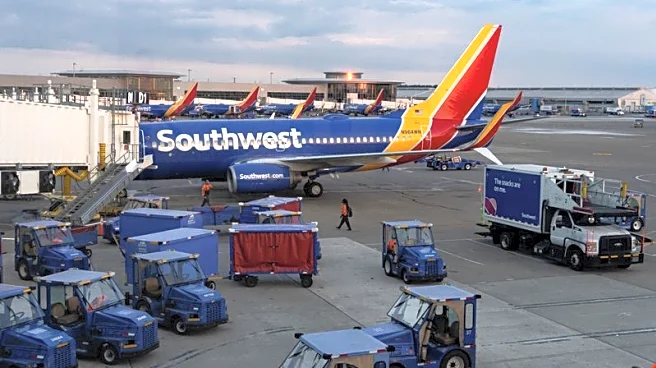What's Happening?
California employers are navigating complex legal requirements related to workforce reductions, as outlined by the federal Worker Adjustment and Retraining Notification Act (WARN Act) and the California WARN Act. Both laws mandate that employers provide at least 60 days' advance notice to employees in cases of qualifying facility closures and layoffs. The federal WARN Act considers a 'covered employer' based on the total number of employees across the entire business enterprise, whereas Cal-WARN applies to employers operating a 'covered establishment' with at least 75 employees at a single facility. Recent legal developments, including court cases and legislative proposals, have highlighted the nuances of these requirements. For instance, a recent case determined that separate restaurant locations did not meet the 75-employee threshold for Cal-WARN, as each location was considered independently. Legislative efforts, such as AB 1356 and SB 617, aim to modify these requirements, potentially affecting how employers aggregate employee counts across multiple sites.
Why It's Important?
Understanding and complying with Cal-WARN and federal WARN requirements is crucial for California employers to avoid legal liabilities. These laws are designed to protect employees by ensuring they receive adequate notice before significant employment changes, such as layoffs or facility closures. Failure to comply can result in legal action and financial penalties for employers. The ongoing legislative efforts to amend Cal-WARN could further impact how businesses plan and execute workforce reductions, potentially increasing the scope of employers required to provide advance notice. This is particularly significant in a state like California, where large-scale layoffs can have substantial economic and social implications, affecting not only the employees but also the communities in which they live.
What's Next?
Employers in California should closely monitor legislative developments related to Cal-WARN, such as the potential reintroduction of AB 1356 and the pending decision on SB 617. These changes could alter the criteria for determining 'covered establishments' and the information required in layoff notices. Businesses should also review their current workforce reduction strategies to ensure compliance with existing laws and prepare for possible changes. Legal counsel may be necessary to navigate these complex requirements and mitigate risks associated with non-compliance.











